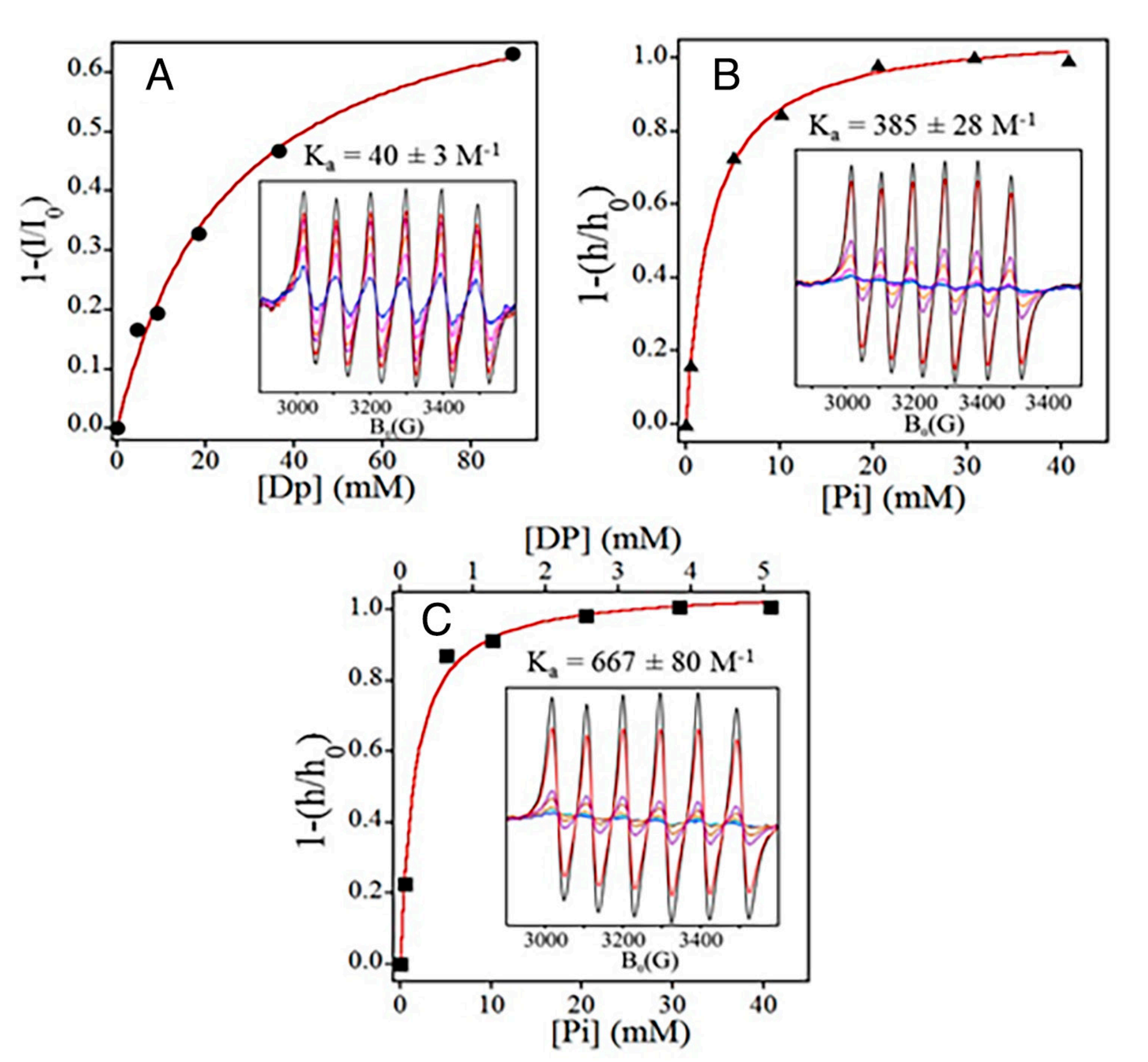Radiation's got nothing on these bacteria!
Extremophiles are giving us new tools to help combat contamination of pharmaceuticals and make better vaccines.

They’re also helping us learn more about how to prevent oxidative stress!
Extremophiles are organisms that can live in what we consider extreme environmental conditions.
So, environments that are mostly inhospitable to life in general, such as places that experience extreme heat, extreme cold, drought or even radiation exposure.
The enzyme that powers the polymerase chain reaction was famously found inside of an extremophile bacteria that lived inside of the hot springs in Yellowstone National Park!
But the bug we’re going to talk about today, Deinococcus radiodurans, was originally discovered in 1956 due to its ability to withstand extreme radiation exposure.
It was found by Arthur Anderson during experiments where he was trying to figure out if gamma radiation could be used to prevent food from spoiling.
He exposed a tin of meat to levels of radiation known to kill all living organisms, and the meat still spoiled!
D. radiodurans was isolated soon after and has been studied ever since.
However, there’s been quite a bit of debate about how D. radiorans is able to survive doses of radiation up to 50,000 grays (Gy) - (3-6 Gy is fatal to humans!)
When organisms are exposed to Ionizing Radiation (IR), it causes double stranded DNA breaks and creates a ton of reactive oxygen species (ROS).
DNA breaks are bad news, but ROS can cause significant damage to DNA repair proteins, making them non-functional.
Luckily, D. radiodurans is very good at protecting the fidelity of those proteins and it had been hypothesized that this was because it also has the ability to soak up ROS better than many other bacteria.
It seems to do this using Manganese (Mg) as an antioxidant, but that’s not the full story, because Mg alone isn’t good enough to protect bacteria from extreme exposures to radiation.
But it was shown that E. coli (highly sensitive to radiation) could be protected from moderate radiation exposure if they were placed into cellular extracts from D. radiodurans.
An extensive analysis of those “Conan the Bacterium” cellular extracts showed that D. radiodurans produce a thick cocktail of peptides that appear to enhance the antioxidant effects of Mg.
Today’s paper explores how a synthetic peptide, DP1, (based on those found in D. radiodurans extracts) is able to protect other proteins from IR and the ROS that is created during that exposure.
It had been previously shown that DP1, in the presence of Mg and orthophosphate (Pi), acts as a superoxide dismutase (SOD - sciency name for ROS killer).
The figure above shows why this is the case.
The plots here display the Mg binding affinities of a) DP1 b) Pi and c) DP1 and Pi together.
DP1 weakly binds Mg (Ka=40), Pi binds it a bit more strongly (Ka=385) and DP1 and Pi when complexed together bind Mg very strongly (Ka=667).
This explains why DP1 and Pi act as such a strong antioxidant because they can trap a ton of Mg where it’s needed most!
DP1 based antioxidants are able to protect proteins from >60,000 gray of radiation exposure.
This is important because it means that extreme levels of IR can be used to decontaminate pharmaceuticals, or even be used to make killed whole cell vaccines that preserve the antigenic parts of bacteria and viruses while at the same time obliterating their nucleic acids with double stranded breaks!
